If you’ve been following along with my three part interview series with Tiffany Parker over the last few months, you’ll know that Tiffany is a gal on a mission to help Asian elephants. She recently traveled to Thailand, Myanmar and Cambodia to volunteer with different elephant sanctuaries and projects. Tiffany is now back on North American soil and I wanted to catch up with her for one final interview about her adventure to hear about her last leg of her trip, and what she plans to do next.
Since we talked to you last, where have your adventures taken you?
After a day visit at Karen Tribe Elephant Sanctuary, I left Chiang Mai for a full day bus ride to Ban Ta Klang, Surin, Thailand to spend a week at The Surin Project.
This project is dedicated to providing mahouts a place in which their elephants are not on chains all day, and are allowed to roam free in their natural habitat with other elephants. The elephants in this program go for long walks and bathe in rivers and are fed a healthy diet of various fruits, vegetables and greens. Mahouts who enter this program want to see change in the livelihood of elephants, and they are compensated well.
The Surin Project is next to the Elephant Study Centre, which is NOT part of the sanctuary. The elephants in this center are chained almost all day, they are not provided adequate shelter or shade, and the center has an circus show and elephant riding.
After the Surin Project, I traveled to Bangkok for a night then flew to Phnom Penh, Cambodia to take a six hour bus ride to Sen Moronom. I spent a week at the Tree Lodge which coincides with the Mondulkiri Project. This projects goal is to protect forests from logging, breed endangered elephants, and to improve the lives of the Bunong Indigenous people.
This is a small sanctuary with six elephants that have been rescued from logging and other horrific lifelong experiences. Two of these elephants have had their tales cut off so rings could be made with their hair. The elephant hair represents good luck and fortune, to one who finds a hair. This is very rare, so rings are made and sold for 20 USD.
Mondulkiri Project has hopes of having a baby be born at the project. According to the owner, Mr. Tree, a baby elephant has not been born in Cambodia for many years.
I then traveled to Myanmar and spent two days with Mo Mo, the 63 year old elephant I share a birthday with and on the 13th I traveled back home.
What work or projects have you been part of since we chatted last month?
At the Surin Project we helped the mahouts with the daily work that goes into caring for the elephants. We cleaned enclosures, cut grass with machetes, walked with the elephants to the river and for their daily walks. Other tasks included hauling and breaking rocks to fill in holes on the roads of the project.
What has been the most rewarding part about this trip?
My visit to Mo Mo in Myanmar was a time I will forever treasure. Mo Mo is now 63 years old and our birthdays are on October 18. I read about her on my birthday last year from a post by Lek Chailert, the founder of Save Elephant Foundation in Thailand. Since then I have been dedicated to her retirement to a sanctuary through petitions, raising money and starting a Facebook page: Free Mo Mo.
I spent two days with her at the Yangon Zoo and witnessed her daily activities and behavior.
After a year of campaigning and petitioning for her retirement to a sanctuary, I saw how crucial her retirement to a sanctuary is. She was in chains both days I was there and looked so tired and sad. Leaving her was extremely hard and I was so angry at the people who were allowing her to suffer.
To witness this and not be able to say anything… I had tears rolling down my face yet covered my eyes with sunglasses.
What are some of the key things you’ve learned from this trip?
One of the biggest lessons I have learned is to never give up. No matter how hot, tired, sore or frustrated a task may be or the trek from one place to another may seem, the goal and the reward are the elephants. The chance to be near each one of them has been the moment I will never forget.
Also, the mahouts, guides and owners of these places all share the same dream, for their elephants to be happy, healthy and live out their lives away from the horrors that so many succumb to.
What’s next for you in terms of continuing to help Asian elephants?
Now that I am home, I will continue to work from behind my desk to put together the writings, photos and videos from my trip.
In November I will be returning to my hometown to do a day of presentations at my high school for social studies and geography classes. In January I will be returning there for an assembly for the middle school students. This is quite unique chance to talk to kids about the elephants and about the cultures and people of Southeast Asia. I am working on a book about my trip and experiences as well as various articles.
While visiting the zoo, I was finally able to gather the contact information necessary to send one of the Free Mo Mo’s petitions, which has been sent to the zoo. A sanctuary is opening in Myanmar, probably next year. My hope is to return once they are open and the dream would be to have Mo Mo relocated there to finally retire from the zoo. I will continue to do all I can to be there voice, especially for Mo Mo. I hope that next year she will be free.
How can tourists help save Asian elephants?
Tourism is such a big part of the Asian economy, as are elephants. I believe one of the best ways tourists can help the elephants is to research the various parks, sanctuaries and camps that promote elephant tourism.
Also, to tell tourists that if something does not feel right it probably isn’t. There are many good organizations committed to providing the best home and care for the elephants, it is easy to look at pictures and think all places are as dedicated.
Do not fall for tourist traps. I was at a location which I did not participate in some of the activities because I felt they were exploiting the elephants.
Anything else you want to add? Or that’s important?
My time at each of these places was so unique and life changing. To be able to fulfill my dream with the help of so many supporters, my family and friends, I know this is the right path for me. The future plans are to return to Asia within a year or two and keep doing all I can to help the elephants and the people. I hope to return to some of the places again, and to venture to new ones. I also have been thinking about visiting Sri Lanka and India, the elephants there are in dire need of rescue and help.

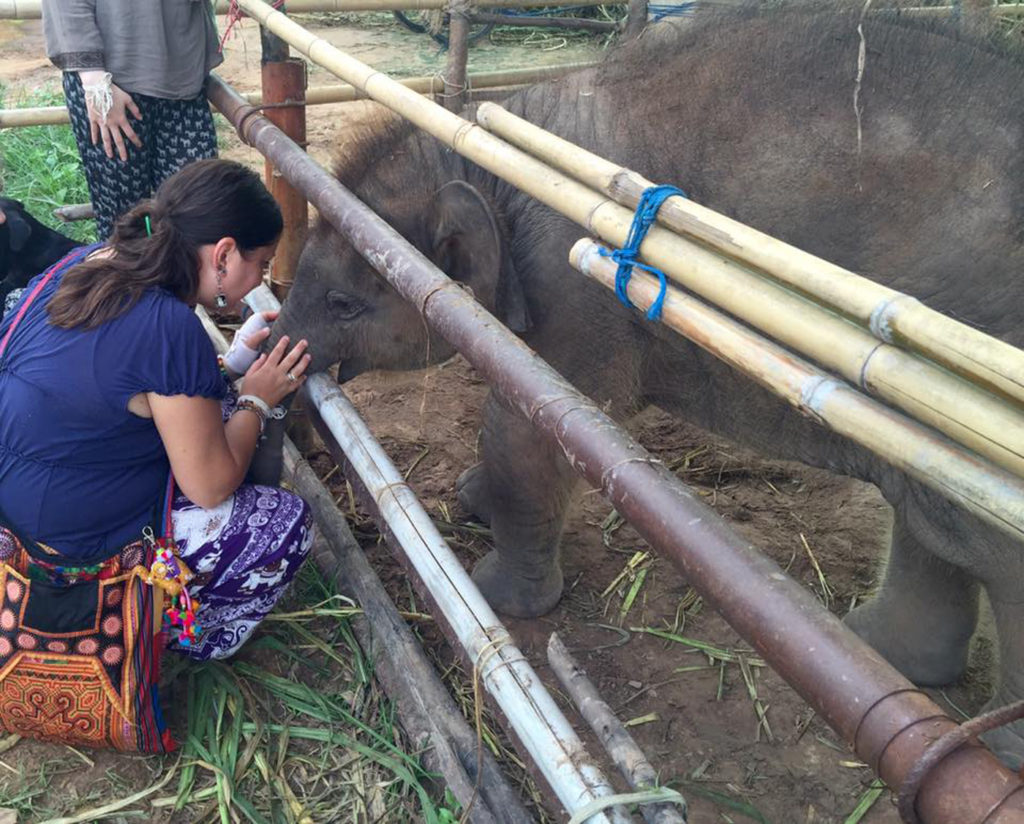
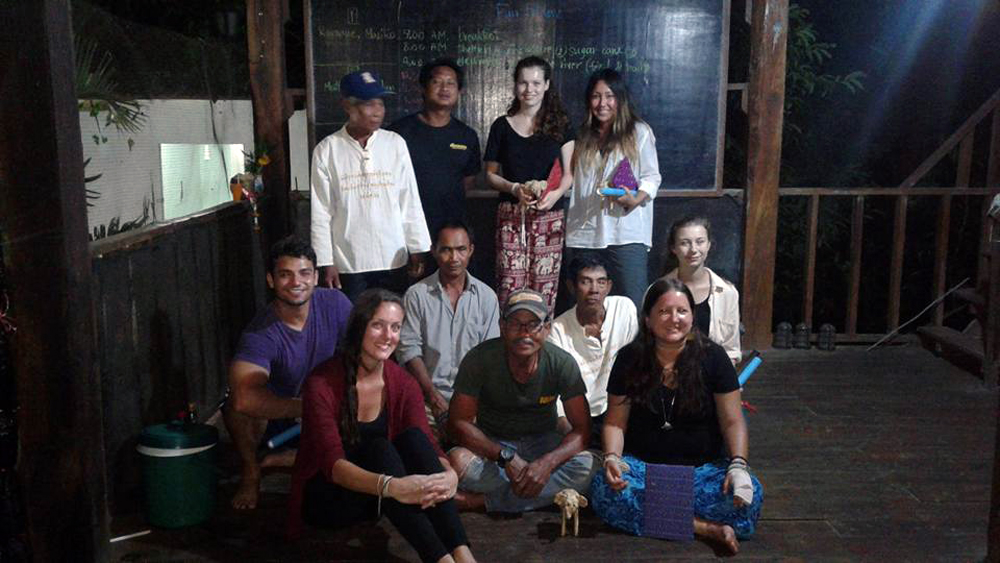
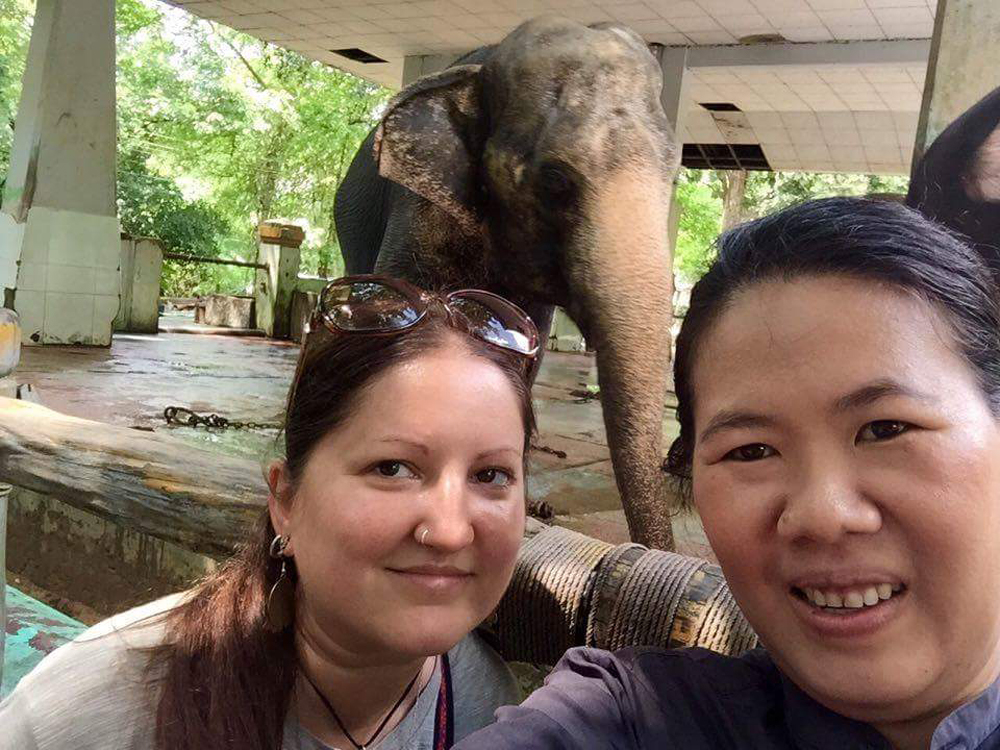
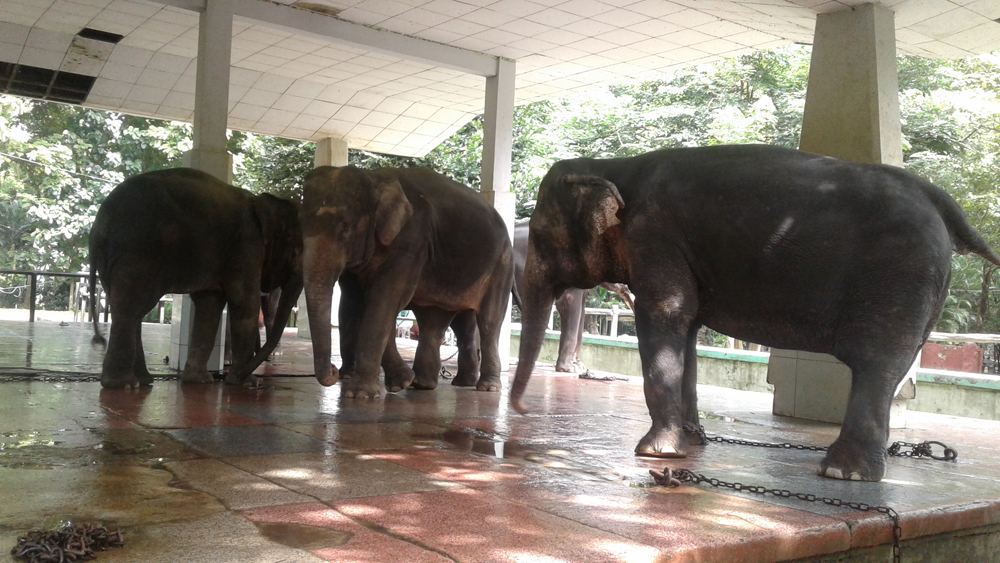
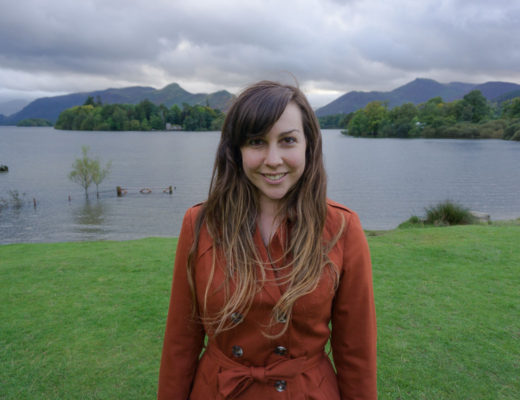



No Comments